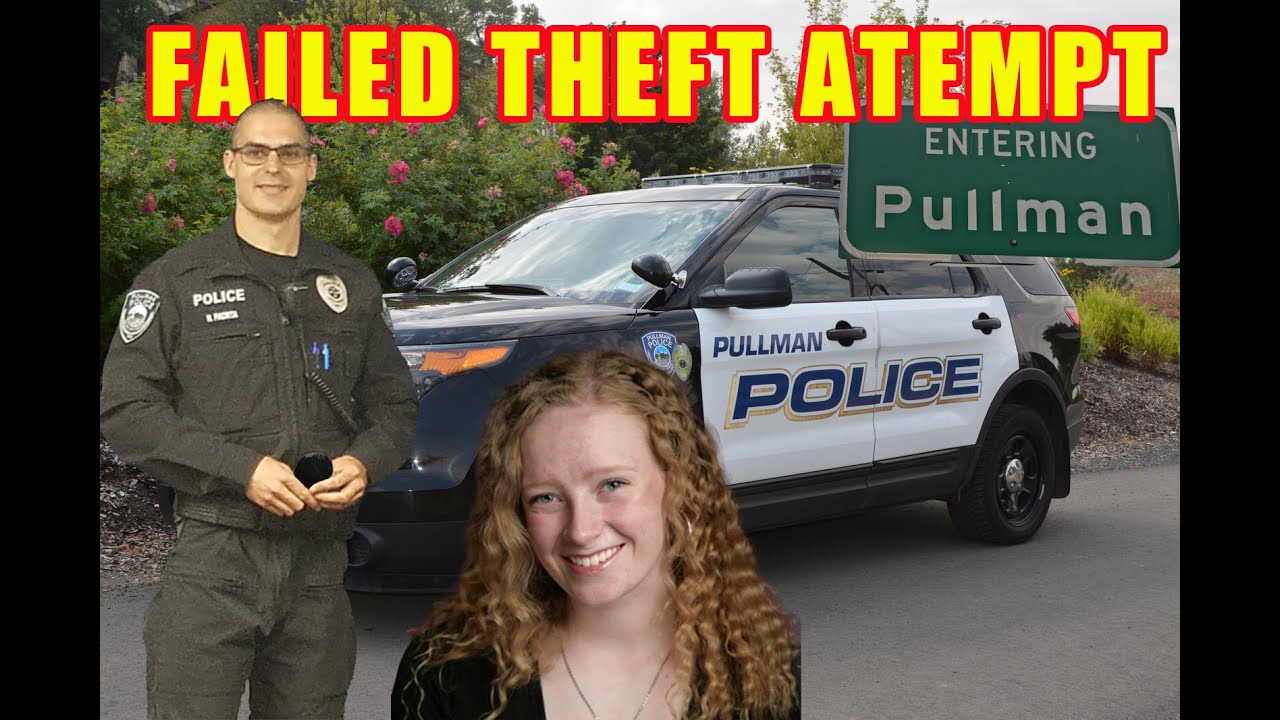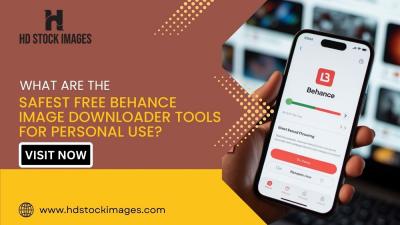Bodycam footage has become a significant part of the content landscape on YouTube. With advances in technology, the ability to capture real-time action and interactions has transformed how we consume news and entertainment. It's not just about dramatic police encounters anymore; bodycam footage can provide a raw insight into various situations, from routine traffic stops to intense emergency responses.
This rise in popularity stems from our curiosity about law enforcement and a desire for transparency. As viewers, we appreciate seeing events unfold from a first-person perspective, making us feel more connected to the story. In this post, we'll explore how YouTube channels are acquiring this sought-after footage and the implications it has on our viewing experience.
The Process of Obtaining Bodycam Footage

Obtaining bodycam footage isn't as simple as pressing a button; it involves a nuanced process often dictated by laws and regulations. Here's a breakdown of how YouTube channels typically acquire this footage:
- Public Records Requests: Many channels start by filing a public records request under the Freedom of Information Act (FOIA). This allows them to access footage as it’s considered public information.
- Collaboration with Law Enforcement: Some channels develop relationships with local police departments. Through these partnerships, they may gain access to footage that isn’t widely circulated.
- Third-party Aggregators: Certain companies specialize in compiling bodycam footage from various agencies. YouTube creators can purchase or license this content to share with their audiences.
- Content Sharing Platforms: Some law enforcement agencies upload footage to their own channels or websites. Creators can source from these platforms, ensuring they’re using officially released material.
Moreover, ethical considerations also play a role in the process. Channels often must navigate privacy concerns, ensuring they’re not violating individuals' rights or misrepresenting the footage. By understanding these steps, viewers can appreciate the effort that goes into sourcing bodycam footage and the importance of responsible content creation.
Also Read This: How to Delete Shows from Your Library on YouTube TV
3. Legal and Ethical Considerations
When it comes to sharing bodycam footage on YouTube, there are several legal and ethical considerations that creators must navigate. Understanding these factors is crucial for responsible content creation.
Legal Aspects: The legality of uploading bodycam footage largely depends on the jurisdiction. In the United States, many police departments are required to release bodycam footage under public records laws. However, there are restrictions:
- Privacy Concerns: Footage that involves minors, victims of crimes, or sensitive situations may be redacted or withheld.
- Pending Investigations: Footage may be kept from the public if it could interfere with ongoing investigations.
- Copyright Issues: Police departments may retain copyright over the footage, leading to potential takedown requests.
Ethical Considerations: Beyond legality, ethical responsibilities play a significant role in how this footage is used:
- Respect for Individuals: Creators should consider the impact of sharing footage on the lives of individuals depicted.
- Context Matters: Presenting footage with proper context is essential to avoid misleading narratives.
- Viewer Sensitivity: Content creators should be mindful of the emotional impact that graphic scenes may have on their audience.
Ultimately, balancing the right to share information with respect for privacy and integrity is key in this evolving digital landscape.
Also Read This: Is YouTube Music Available on PS5? A Quick Guide to Streaming
4. Popular YouTube Channels Featuring Bodycam Footage
As bodycam footage continues to gain traction, several YouTube channels have become popular for showcasing this unique content. Here are some noteworthy examples:
| Channel Name | Subscribers | Description |
|---|---|---|
| Real Crime Profile | 500K+ | Analyzes real-life crime stories, often featuring bodycam footage to provide context. |
| Police Activity | 1M+ | Focuses on police interactions, featuring bodycam footage from a variety of incidents. |
| Law & Crime Network | 1.5M+ | Covers high-profile cases and includes bodycam footage to enhance storytelling. |
| Crime Watch Daily | 600K+ | Explores crime stories with evidence, including bodycam footage, for deeper insights. |
These channels not only entertain but also educate viewers on police work, law enforcement, and the real-life implications of these interactions. As the demand for transparency grows, expect more channels to emerge, blending entertainment with crucial information.
Also Read This: How to Embed a YouTube Playlist on Websites and Blogs
Impact of Bodycam Footage on Public Perception
Bodycam footage has significantly transformed how the public perceives law enforcement and their interactions with the community. As these videos make their way onto YouTube, they provide an unfiltered view of incidents that can either reinforce or challenge existing narratives about police behavior.
One major impact is transparency. When bodycam footage is shared, it offers a direct look into police encounters, helping to demystify the actions of law enforcement officers. This can lead to a greater understanding of the complexities involved in policing. For instance:
- Accountability: Videos can hold officers accountable for their actions, potentially leading to disciplinary measures when misconduct is evident.
- Public Trust: When officers are seen handling situations appropriately, it can enhance public trust in law enforcement.
- Informed Conversations: Bodycam footage spurs discussions about police practices, reforms, and community relations.
However, the impact isn’t solely positive. Misinterpretations and sensationalized edits can perpetuate negative stereotypes or provoke public outcry. For example, an encounter that appears aggressive in isolation might lack context if viewers don’t see the preceding events.
Overall, the presence of bodycam footage on platforms like YouTube is a double-edged sword, shaping public perception in multifaceted ways that are crucial in today’s dialogue about policing.
Conclusion: The Future of Bodycam Footage on YouTube
The future of bodycam footage on YouTube is poised for continued evolution, driven by technological advancements and societal demand for transparency. As more departments adopt body-worn cameras, the volume of footage available for public consumption will increase.
Here are some trends to watch for:
- Increased Accessibility: With improved storage solutions and streaming capabilities, accessing bodycam footage will become easier for both creators and viewers.
- Enhanced Editing Tools: Future content creators might employ advanced editing tools to provide clearer narratives or context around incidents.
- Collaborations with Experts: We may see partnerships between police departments and content creators to analyze footage with law enforcement experts, fostering education and trust.
As the conversation around policing continues, YouTube will likely serve as a vital platform for disseminating bodycam footage, influencing public opinion and promoting accountability. The challenge will be ensuring that the information shared is accurate and constructive, rather than sensational or misleading. The journey ahead holds potential for both positive change and complex challenges, making it essential for all stakeholders to engage thoughtfully in this discourse.
 admin
admin








